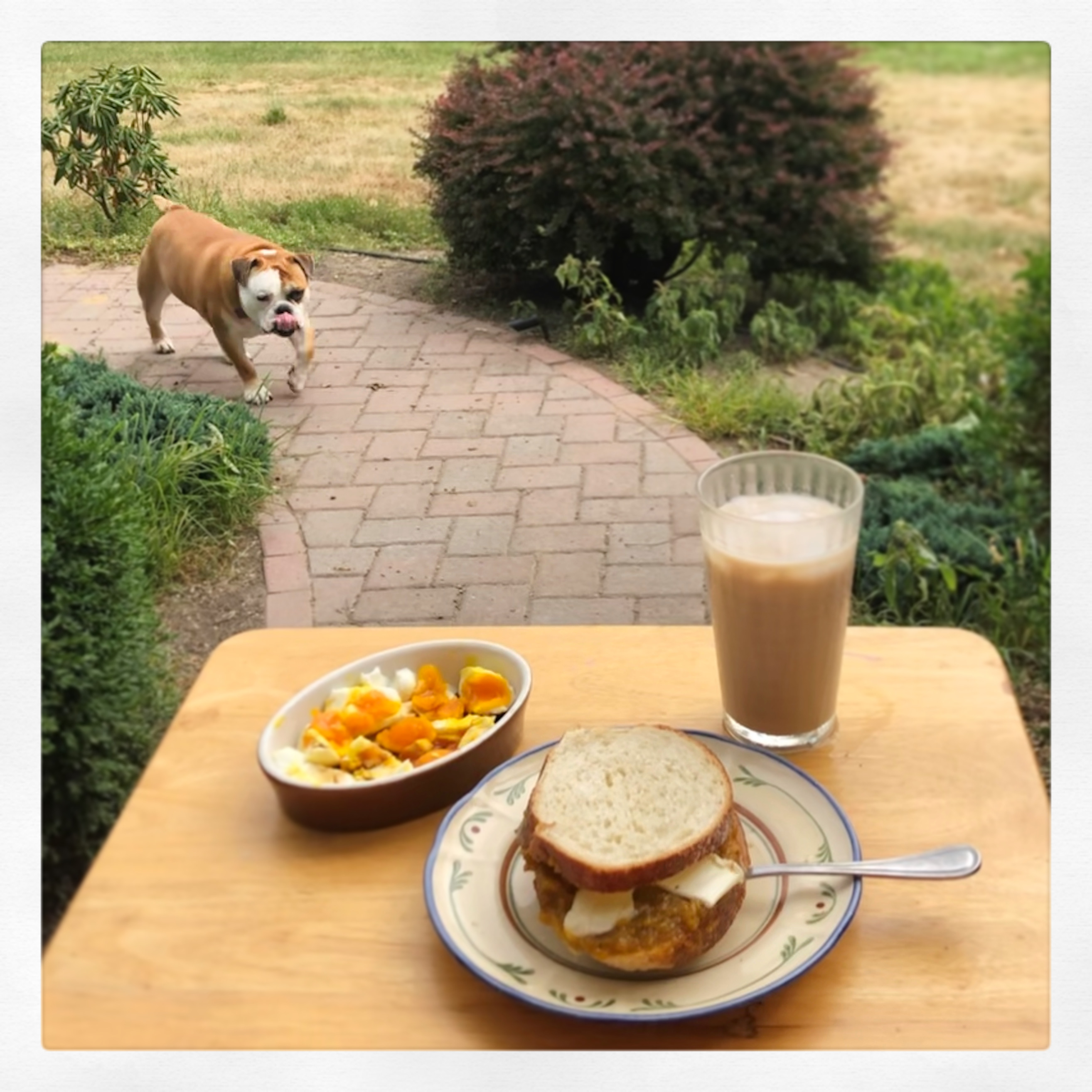Weeks Five and Six
In the fifth and sixth weeks of my internship I was tasked with writing a Management Guide for employers of Pinkcollar domestic workers. I had the pleasure of collaborating with Robin, another remote intern based in Wales, on this project. Our objective with this guide was to center workers’ rights without making employers defensive. To accomplish this goal,we used a tone that was informative, humanizing, and practical. We framed each requirement as helpful guidance rather than a mandated requirement. For example, I emphasized that workers need the opportunity to take a rest day each week because well-rested workers are better able to perform their jobs. It can be challenging to reframe issues in this way when you deeply believe that humane conditions should be an end unto themselves. However, Pinkcollar’s industry experience has shown them that this is the most effective way to shift employer mindsets and I trust their process. It was a challenge, but I’m proud of the final product Robin and I submitted. It is rewarding to think that pages I wrote may help guide employers to make worker-friendly decisions in the future.
The other big event over the last two weeks was getting to meet some of Pinkcollar’s domestic workers during a virtual check in. This was so important to me because direct conversation and input from Pinkcollar’s workers is one thing that has been more difficult to get during a remote internship. The session was led by Pinkcollar employee Sophie and it focused on worker mental health during the coronavirus pandemic. The pandemic has been particularly burdensome on domestic workers. They are unable to leave their employers’homes and often find themselves working extra hours without the outlet of social and community interactions. They are also deeply worried about the safety of their families back home. Sophie was a skilled moderator and the women seemed to genuinely like and trust her. I was grateful to get to sit in on such a moving and informative session.
On the culinary side of things, I took up my most ambitious project to date, homemade kaya. Kaya is a sweet coconut and pandan flavored jam that can be spread on toast or worked into a number of desserts. There are very few ingredients and steps involved in making kaya, so it is not difficult, but it is tedious. The kaya has to be stirred continuously on low heat for nearly two hours. If you stop stirring for even a minute the jam can become lumpy. I brought a chair over and did some binge watching while I stirred. You can see the final product below, when I had it for breakfast between slices of toast, served with iced milk tea and two soft boiled eggs with soy sauce. You may ask, was it worth it? The hours of stirring and enduring wrist cramps? No. No food could be worth that and I don’t plan to ever make it again. However, it was absolutely delicious. I’m just going to have to find it pre-made somewhere the next time I have a hankering.
